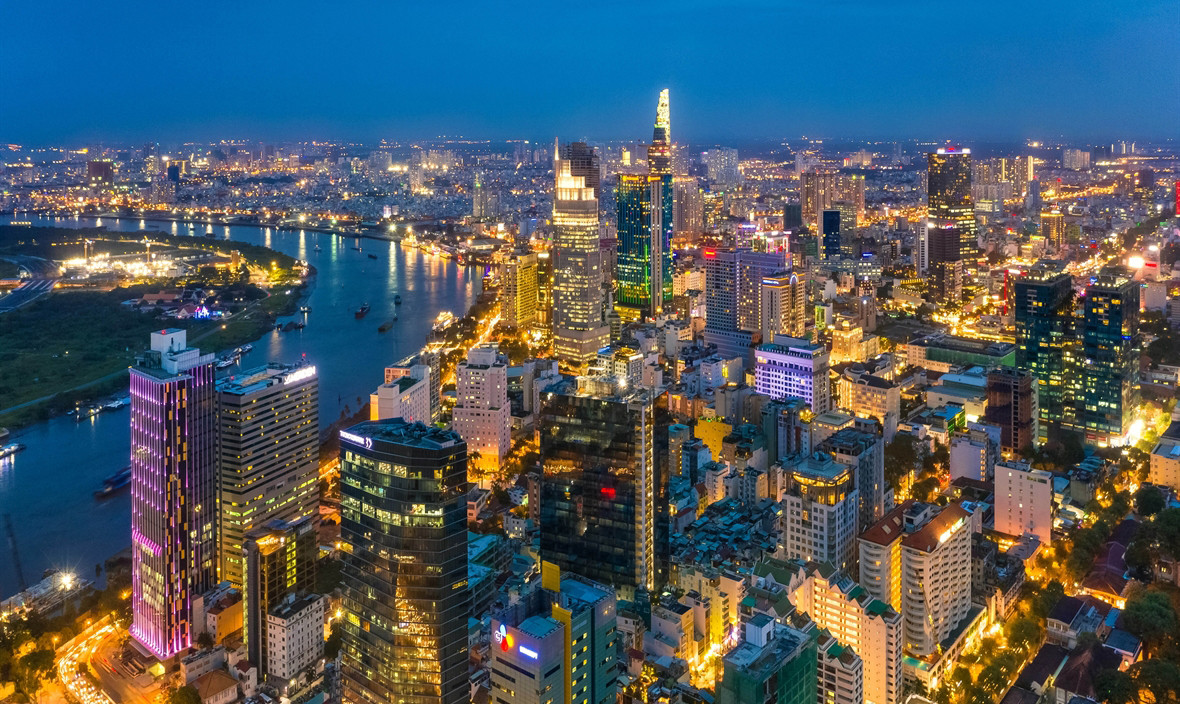
The fourth wave of COVID-19 came as a severe blow to the southern economic hub. Reopening has meant that work has sped up on a host of projects which had been worked on slowly or postponed throughout the pandemic. In addition, many programmes for regional connectivity have gone ahead.

The Thu Thiem 2 bridge project has opened, completing the transport link between downtown and the city’s eastern districts. The project comes at a cost of 3.9 trillion VND (168.17 million USD).

The Ben Thanh – Suoi Tien metro project is another highlighted project that is 90.31 percent complete. The last two of a total 17 trains docked in May this year. The train cars were then brought to the Long Binh depot, marking a transition to the preparation phase for testing on the long-awaited elevated (or L-train) line in the city.


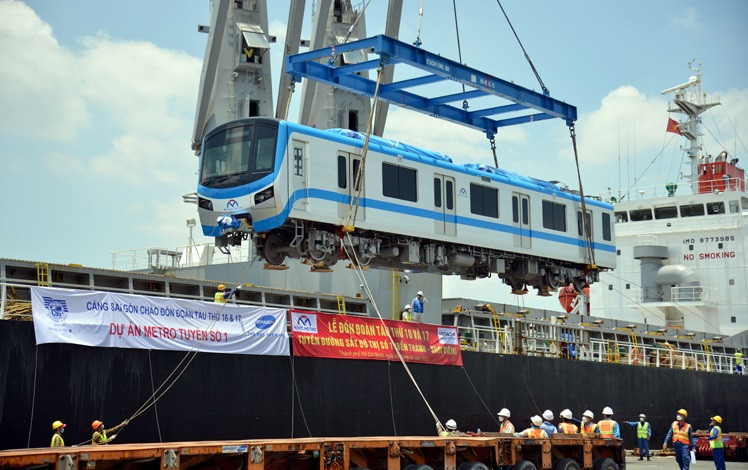
* Regional connectivity for recovery

As a socio-economic hub in the southern region, HCM City boasts connectivity for development with regional provinces and cities. The connectivity is considered an important solution to economic recovery.
Currently, the city and other localities in the southern key economic region are implementing a variety of highway projects in order to effectively connect goods supply chains. Notably, the city’s Ring Road 3 project is moving forward, linking the hub with the neighbouring provinces of Long An, Binh Duong, and Dong Nai.
A fully operational traffic network charts the course for the city’s economic recovery. However, a great number of resources are still required to invest in transport development not only for HCM City but for the entire region to recover and grow socially and economically.
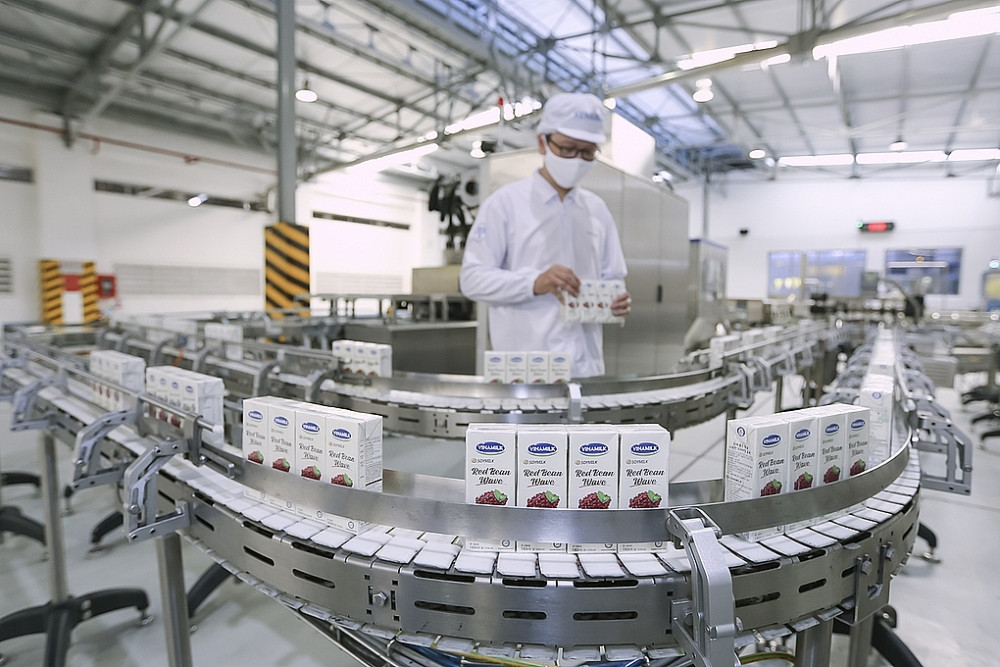
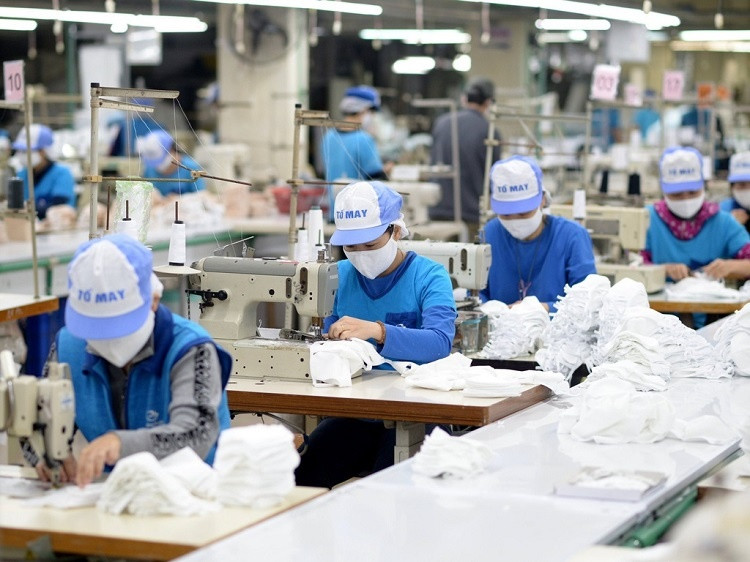


Exploitation of resources
In its transport infrastructure development plan for 2021 – 2025 with a vision to 2030, HCM City needs more than 900 trillion VND in the 2021 – 2030 period. However, due to COVID-19 there has been limited annual investment in infrastructure. The city is endeavouring to find and arrange capital sources to fund the development of the remaining traffic networks.
According to Chairman of the municipal People’s Committee Phan Van Mai, the local recovery programme for 2022-2025 aims to lay out urgent solutions to alleviate disruptions in economic recovery.
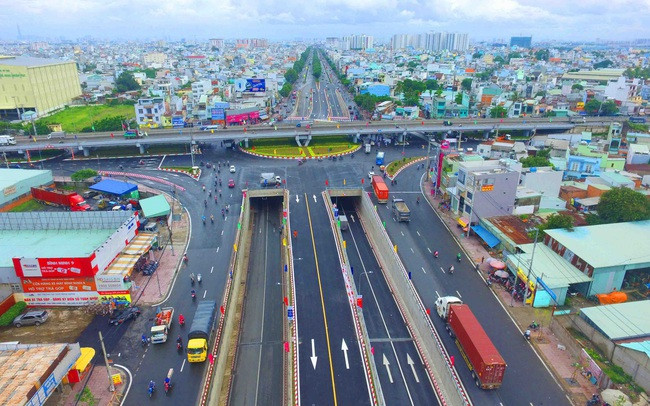
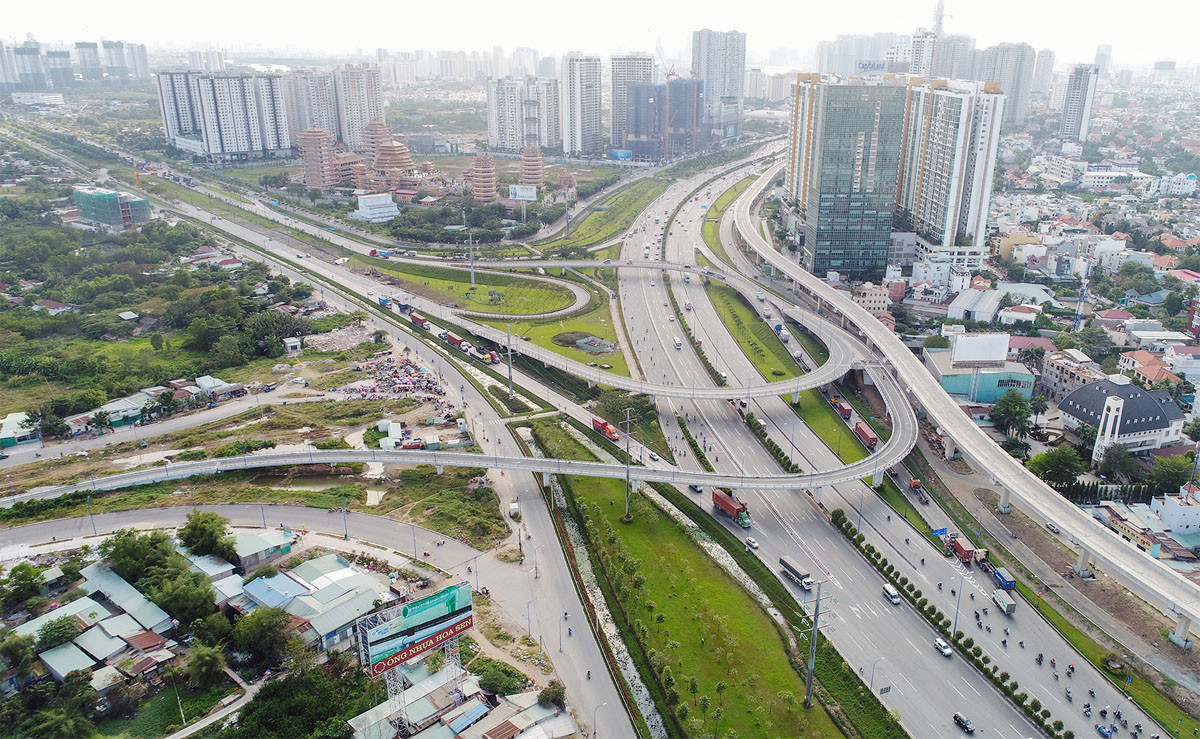
The Government has increased the budget distribution rate for HCM City from 18 to 21 percent. This represents a significant source of capital for development investment in the coming period.
According to economist Tran Du Lich, a member of the Prime Minister’s economic advisory group, if there is a good capital mobilisation mechanism, it is possible for the region to complete its transportation network by 2030. In turn, this will allow localities in the region to make a great contribution to the national budget.
According to Tran Quang Lam, Director of the municipal Department of Transport, seeking out funding apart from the state budget is very necessary and should be promoted in the coming time.
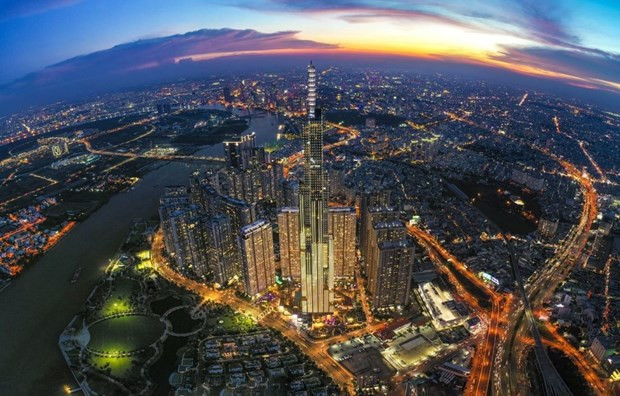
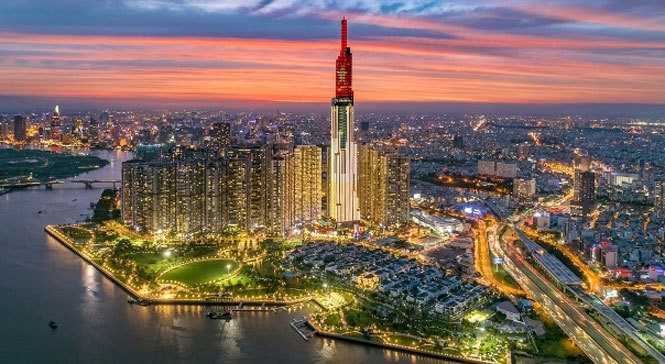
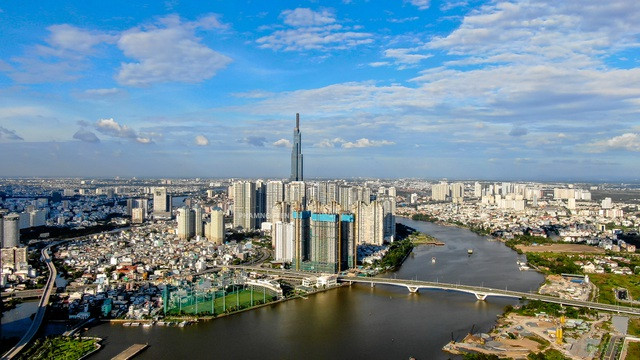
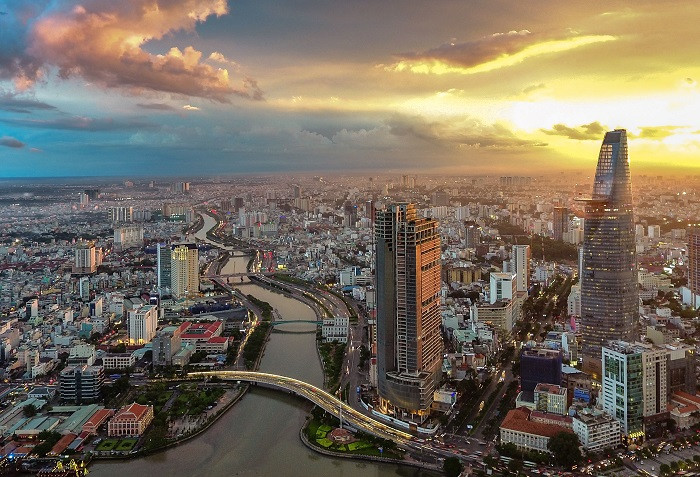
The southern hub also plans to capitalise on revenue sources using the specific mechanism for the city in the National Assembly’s Resolution No. 54 and new regulations for the city regarding fees to use infrastructure. The city also plans to generate funds from the equitisation of state-owned enterprises, revenue from land use, and sales of public properties, among other sources.
HCM City is sparing no effort to secure resources to fund transport development; and the southern key economic region is waiting for ‘a push’ from traffic projects, mostly driven by the city, to pave the way for its socio-economic recovery and growth in years to come.
Source: VNA